Our History
Who We Are
The Law
Bicentenary
River Tweed Commission (RTC)
The River Tweed Commission (RTC) is the body which, by law, protects and manages the Salmon and other freshwater fish in the river Tweed. Our mission is to protect Salmon migration and stocks, balance differing interests, and ensure a flourishing future for all migratory and non-migratory fish in the river.
Because of the difficulty in protecting and managing a river that runs between two countries, the RTC was set up in 1807. These days we operate under the Scotland Act 1998 (River Tweed) Order 2006, which, among other things, requires us to:
Manage the Salmon, Sea-trout and other freshwater fish
Regulate the fishery
Remove obstacles to fish migration
Prevent illegal fishing
Our jurisdiction covers Tweed and all its tributaries, the coastline from Cockburnspath to Holy Island, and five miles out to sea. The RTC has powers of law enforcement and prosecution in both England and Scotland.
The law also says that the RTC must have 81 Commissioners: 43 of them (a majority) appointed by Northumberland County Council & Scottish Borders Council, and 23 Angling Clubs . The other 38 Commissioners are Tweed salmon fishery owners/proprietors. We meet quarterly, and elect a Committee of 8-12 people to represent us between meetings.
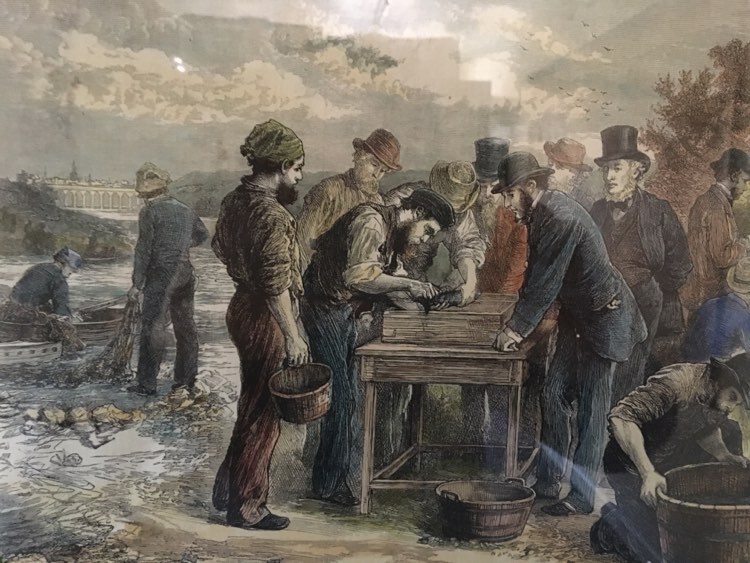
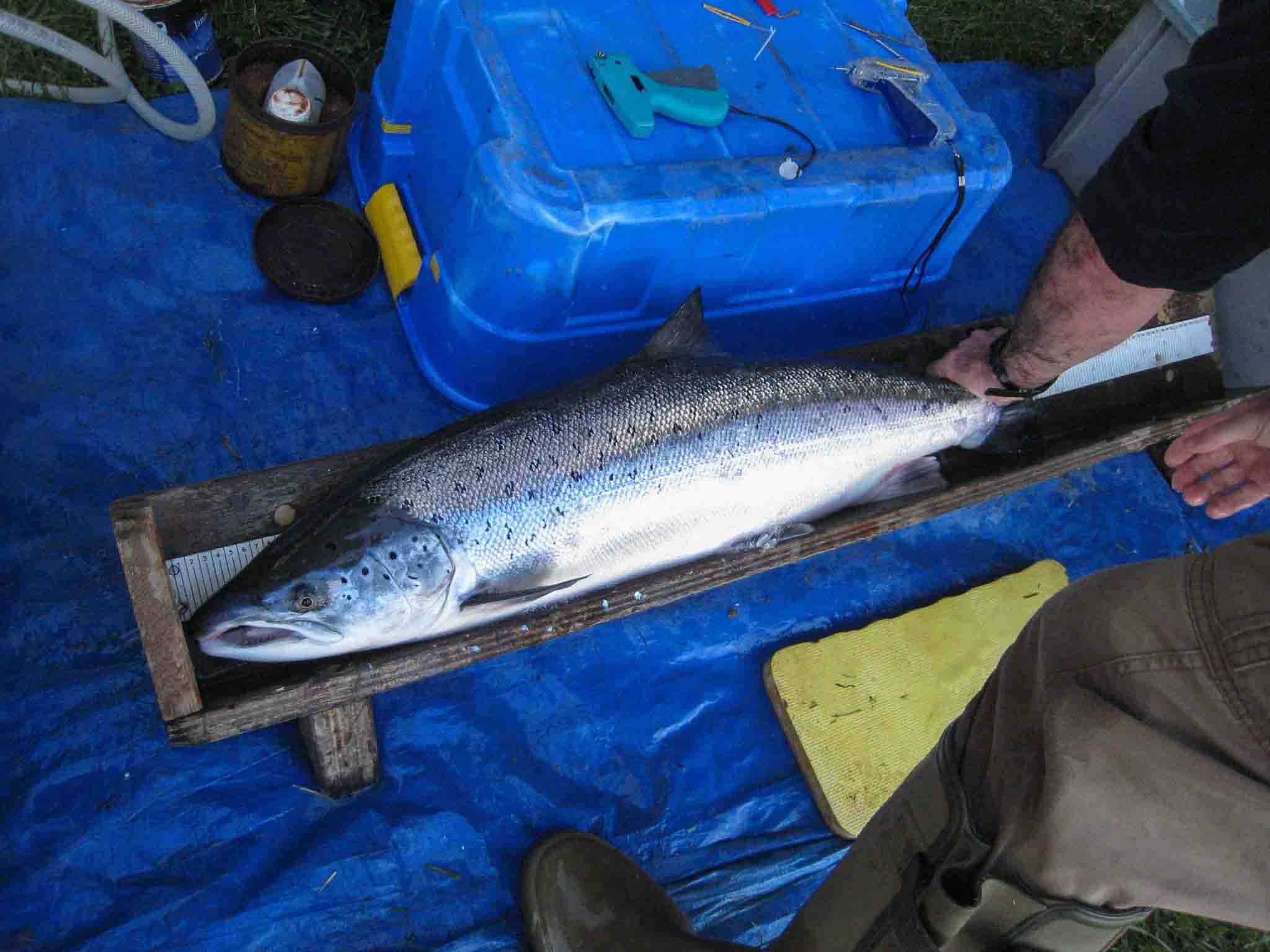
History of the RTC
Our history is rooted in the complexity, rivalries, passion and economics of protecting a remarkable resource, shared between two nations - the migratory Atlantic Salmon of the River Tweed.
Even in the 13th century - probably earlier - Berwick-upon-Tweed was making a lot of money exporting netted, salted salmon to the rest of Europe, and the English & Scots were squabbling over taxes, close-times and access. Although there were localised rules, it was pretty much a free-for-all.
Fast forward to the 18th century. Even after the union of the Scots and English parliaments in 1707, there were still no joint laws governing the Tweed fisheries, a lot of lawlessness, and little or no protection of spawning or smolt migration. Until 1771, when An Act for Regulating and Improving the fisheries in the River Tweed received Royal Approval. This was a start - if not very successful - but men of vision (Scots, English – Borderers all, including Sir Walter Scott) kept at it. Until 1807, when the Act that established the RTC came into force. It was ground-breaking – for the first time, the commercial interests of the lower river were balanced by the importance of salmon migration to the upper river. From this time on the river moved slowly from a primarily commercial netting operation to the world-class rod fishery it is today.
Of course, there have been many changes since.
Other Acts followed - none more generally popular than the last - until 1969, when the Tweed Fisheries Act enlarged the RTC to include local authorities and Angling Clubs.
After Scottish Devolution in 1998, all the old legislation was swept away and we now have the Scotland Act 1998 (River Tweed) Order 2006, which includes the provisions of earlier Acts and some improvements: A hefty name for a law that’s fundamental aim is the same as it was over 200 years ago - to protect the salmon of the River Tweed.
It has never been easy. Although the tools we now use; the understanding of biodiversity, genetics, bio-security and much else, are a great improvement on the appointment of a Bailiff Overseer for the whole river in 1812, for which “he shall have a horse”, there is still a long way to go.
Salmon Netting on the River Tweed at Paxton.
Tweed Commission Staff

Jamie Stewart

Alison Gorrie

Anne Woodcock

Karl Ferguson

Jonathan Brown

Mike Allan

Jake Bell
Tweed Commission Committee
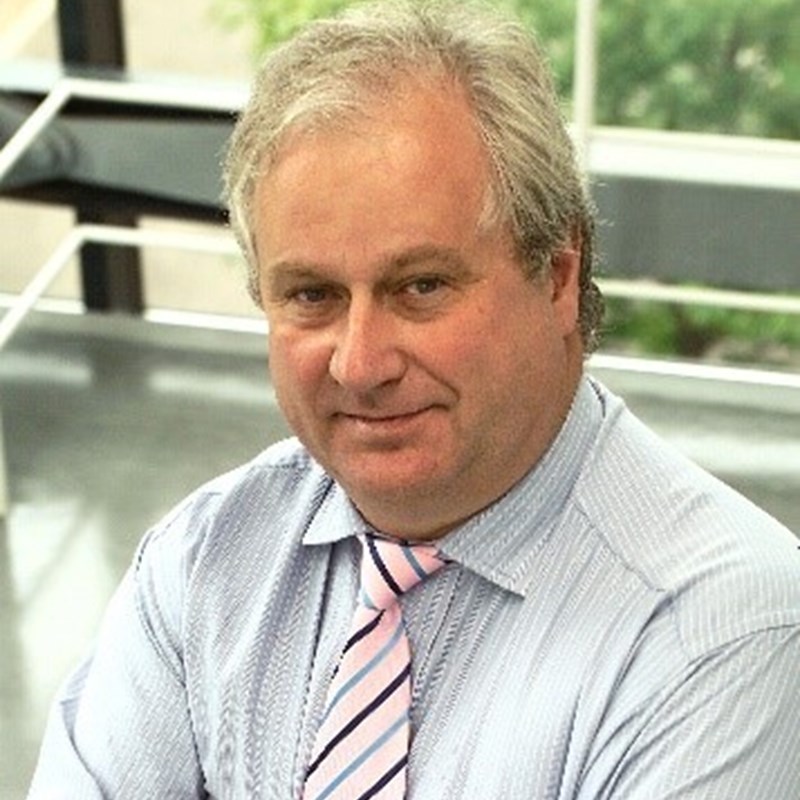
Jonathan Reddin

Ted Innes Ker

Kenny Annand
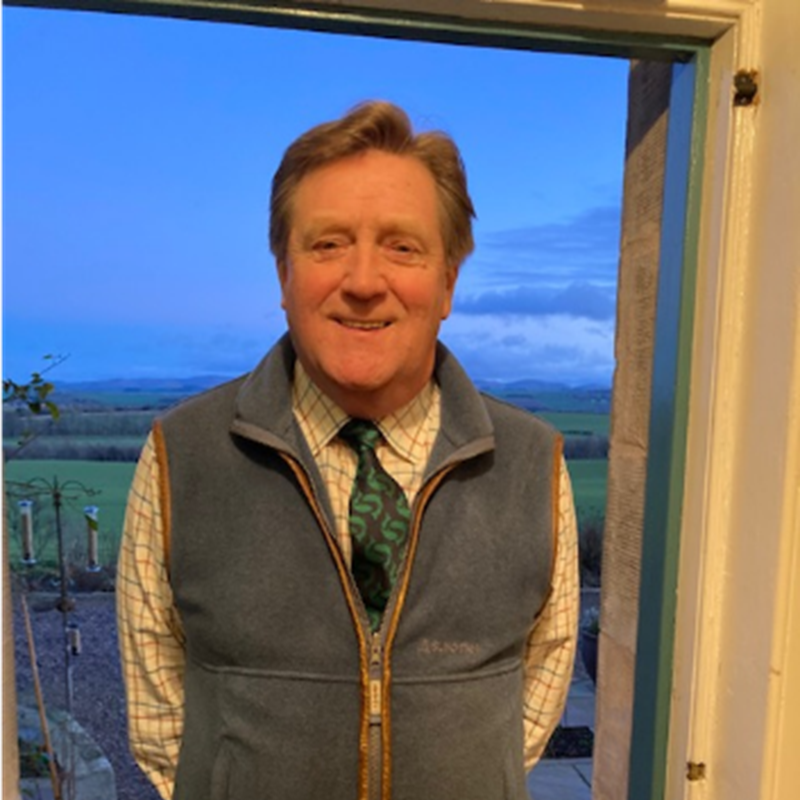
Peter Huddleston
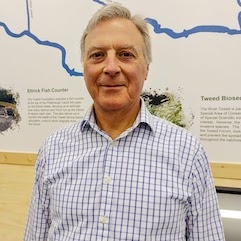
James Pringle
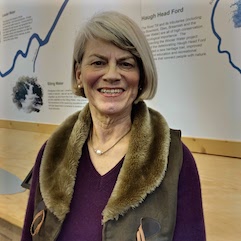
Chris Foreman

Andrew Douglas-Home

Ian Davis

Duke of Roxburghe

James McCorquodale
The Law
The Scotland Act 1998 (River Tweed) Order of 2006 condensed, amalgamated and modernised all the Tweed acts since 1807, and is the law under which we operate. Under the 2006 Order, the RTC is charged with the general preservation and increase of Salmon, Sea trout and other freshwater fish in the river Tweed and its tributaries, in particular with the regulation of fisheries, the removal of nuisances and obstructions, and the prevention of illegal fishing.
Our area of jurisdiction extends 8km out to sea and includes the coastline between Cockburnspath and Holy Island.
Powers are granted to the RTC by the Order and other acts parliament to help us fulfil these duties.
The law also stipulates our governing body - the Commission (RTC) - which consists of 43 members appointed by local authorities (23 from local angling clubs and 20 from other interests), and 38 members elected by the river proprietors.
The RTC levies an annual assessment of all fisheries, also by law.
The RTC has a wide range of expertise upon which we can and do draw.
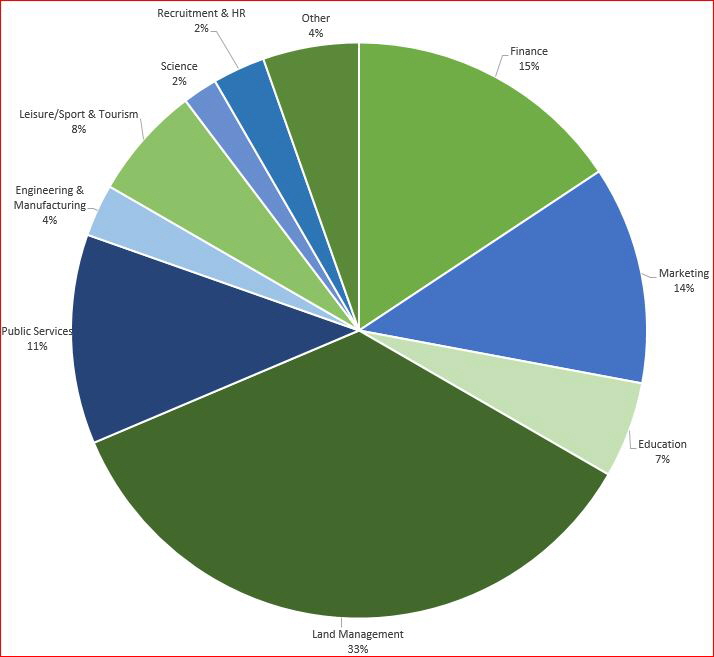

Bicentenary Book
In 2007, to celebrate 200 years of fisheries management on Tweed, and raise funds for the TF, the RTC published a book on its foundation and early years, written by Caroline Balfour. ‘Stoutly Opposed’ is a fascinating – sometimes humorous - account of the lawlessness which was rife on the River up to the 1700s, and how a few dedicated men sought to regulate and nurture its prime asset – the Salmon.
“This should interest anyone who fishes Tweed and wishes to understand the early days of its transformation from one of Britain’s most lucrative commercial fisheries in a truly great rod fishery….. What developed from the struggles between the various Tweed factions in the early 1800s served as a blueprint for the system of management of Scotland’s salmon…. By and large the fact that we still have significant runs of salmon owes much to district boards, which are structured … to balance conflicting interests…. This is an important volume, drawn from extensive, meticulous and original research.”
Andrew Graham-Stewart, Trout & Salmon Magazine, December 2007.
Copies (£10 including postage) available from the RTC, or (£7.50) from selected fishing tackle shops in the Borders.
All proceeds go to the Tweed Foundation.